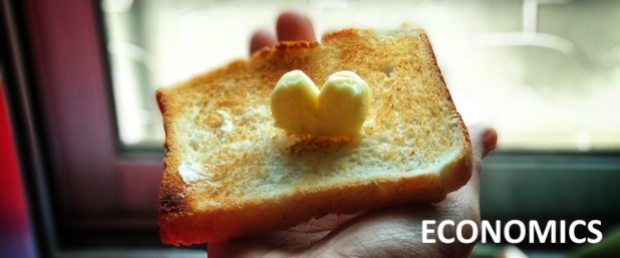
Airlines are in the business of transporting people around. Or maybe it’s about curating and creating the best experience in air travel? Or about building a brand? Or is it about bringing people to places and catalysing activities, businesses for locations that would otherwise be overlooked by travellers? Seen that way, the fuel cost of an airline would always be considered a cost. Therefore, to keep cost low, or deliver the greatest profits, the airline will see their fuel as a commodity.
What if the choice of fuel they use starts impacting the customer segments they are targeting or they can serve? What if using sustainable aviation fuel allows them to attract more premium customers? What if they could sell their air tickets at a higher price when they are demonstrably emitting less carbon dioxide? And what if doing so also help them comply with some ICAO requirements?
The market for green premium turns various cost parameters in businesses into a tool for something else. There’s an opportunity to use these new parameters to disrupt the business. Years ago, the low-cost carrier disrupted some of the most traditional airline businesses. Would a low-carbon carrier do the same? What other elements of the whole airline business can be refashioned to fit the whole sustainable, low-carbon identity?


